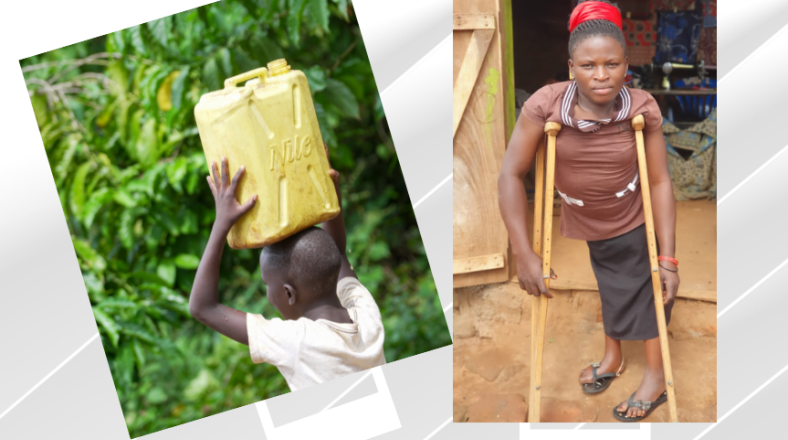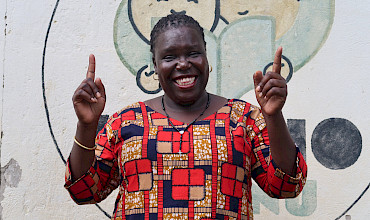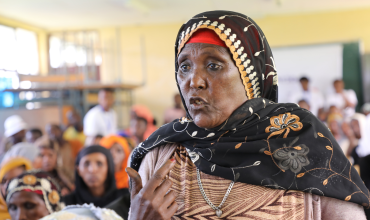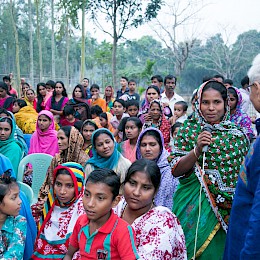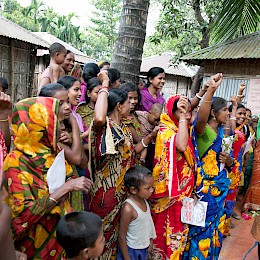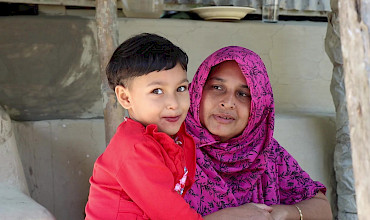
One crucial but often overlooked aspect of WASH, is the intersection between gender and WASH. Gender is a social construct that defines the roles, responsibilities, and expectations of individuals based on their sex. In many societies, gender influences access to and control over resources, including water and sanitation facilities.
Why gender matters in WASH
In Uganda, local communities face various challenges related to WASH, which are further compounded by gender inequalities. In most households, the burden of fetching water falls on women and children, who spend long hours walking to and from water sources. With 41% rural access to basic water services and 16% rural access to basic sanitation services https://washdata.org/data/household#!/ , women and children are left with little time for education or income-generating activities. Furthermore, the lack of privacy and safety in public sanitation facilities puts women and girls at risk of sexual harassment and assault. Inadequate menstrual hygiene management facilities also make it challenging for girls to attend school regularly. These issues have a significant impact on the health and well-being of women and girls, and worse still those with disabilities.
Mutesi Zainabo, a 27-year-old woman with disabilities lives with her two children of age 8 and 5. Her children have to walk around 4Km to fetch water that the family depends on to drink, cook food, bathe and wash their clothes as well as irrigate their plants. The water is dirty and she has to boil it before use. To collect enough water, her children make around 4 trips a day. During school time, the family lives with less or no water since the children juggle between school and fetching water.
“Because of my disability, I do all my chores seated, my children have to be near me to support with collecting food from the garden and fetching water, it is very challenging for me especially when my children have gone to play with their friends in the neighbourhood or when it is school time, sometimes they go late or even miss school since the distance is really far, if only we would have a tap or borehole constructed near our home, my children and I would have less burden in accessing water especially water that is safe for us to drink,” narrates Mutesi.
How Right2Grow addresses these challenges
Right2Grow has initiated dialogues between communities and the district as well as sub-county technical teams, the Local councils, and Parish Chiefs. These dialogues have created a space where communities can present the issues they face, including gender dynamics, as well as their proposed solutions before the government leaders. The actions that follow vary per community, and are taken further by the officials responsible and the Right2Grow program partners together with the community leaders, who closely follow up on these commitments.
How to include gender dynamics in WASH solutions?
To address WASH challenges within rural communities, water facilities that are not functional should be repaired, water and sanitation facilities should be constructed in areas where there is poor access, but most importantly, the government should always involve communities in processes of taking decisions around WASH within their areas. Communities understand what works best for them, and know where the real challenges lie. Additionally, men and boys should be involved in these interventions to ensure that they are aware of the challenges faced by women and girls, and to encourage them to share the workload. We have seen this work: in some communities, men have started to take on the responsibility of fetching water and cleaning sanitation facilities, thereby reducing the burden on women and girls.
Gender inequalities have a significant impact on WASH in local communities within Uganda. Addressing these inequalities requires the implementation of interventions that take into account gender dynamics and involve both women and men. By doing so, we can promote gender equality and improve the health and well-being of communities.
Back to overview